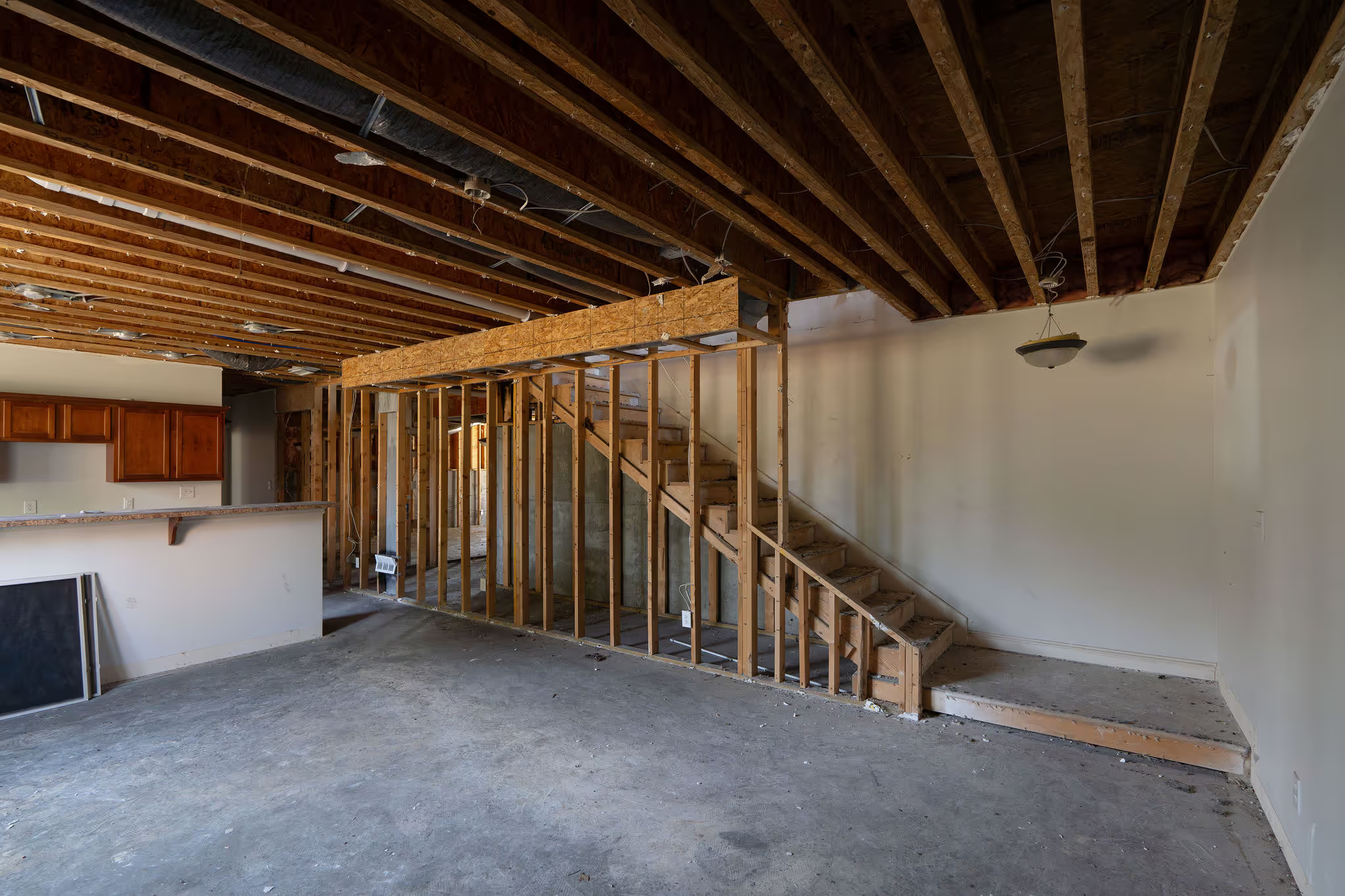Are Americans Prepared to Recover From The Next Extreme Weather Event?

Extreme weather events have already cost the US $101.4B this year, even with lower than usual CAT activity, and recovery efforts now represent more than 3% of the GDP. For hurricanes alone it can take upwards of 14 months for homeowners to recover. Through the recovery and restoration process, there are several parties involved—from inspectors to adjusters, contractors and more. But do Americans understand how the restoration process works? Do they understand what their policies cover, and how to move quickly if an extreme weather event were to affect them?
To find out, DocuSketch surveyed 1,000 US-based adults aged 25+ to uncover what consumers know about the restoration process and their plan of action after an extreme weather event. The results showed that there are major gaps in awareness, trust and financial readiness for extreme weather events, which leads to under-preparedness and ultimately makes the restoration process longer and more costly.
These findings underscore a clear need for restoration professionals to focus on understanding how to manage three areas: awareness, affordability and competition. As extreme weather events grow, now is the time to dig in with your customers to build trust ahead of future disasters.
Misunderstanding the Role of the Second Responder
After a storm passes, restoration professionals often step in after the initial wave of calls to insurers and emergency services, acting as the “second responders” who bring homes back to livable conditions. But the role restorers play is still not front of mind for many Americans.
There is a clear lack of understanding of what restoration professionals do, and therefore how to work with them when it comes to handling disasters. Less than a fifth (19%) of Americans are very familiar with what a restoration professional does, and more than 1 in 4 (27%) do not know what a restoration professional is. Nearly half (47%) mistakenly associate them with construction, appliance techs, or remodeling rather than disaster repair. Further, just 32% of Americans have a restoration contact they could call - and while they think they have a contact they can call they may be mistaken given how many don’t fully understand the role.
This may be why after disaster strikes, the vast majority (76%) would call their insurance company first, while just 12% would call a restoration professional. Gen Zs (18%) and Millennials (17%) would be slightly more likely to make restoration professionals their first call, validating the community’s higher awareness with young homeowners.
In the way that 911 connects you to first responders, homeowners need a go-to restoration number saved for the critical recovery that follows.
Although restoration is often not the first call, when it comes time to navigate something as critical as insurance, more than half (55%) admit they would depend on restoration professionals for guidance—indicating a major gap in consumer handling or understanding of insurance and post-CAT claim processes.
To close the awareness gap around restoration, education is a critical step. Restoration professionals and insurance carriers alike should provide proactive education on home insurance policies, coverage options and the questions to ask before disaster strikes to give homeowners confidence that they’ll take the right steps to prepare, and increase trust in the system.
Home Restoration’s Affordability Crisis
The average cost for storm damage recovery is $12,315—a number just 17% of most homeowners could afford to cover. When breaking it down by generation, surprisingly, Gen Zs (22%) are the most confident they could front the cost, followed by Baby Boomers (20%), Millennials (16%) and Gen Xs (13%).
Even when repairs are smaller than average, Americans are crunching the numbers:
- Nearly 1 in 3 (29%) could only cover repairs up to $5,000
- Almost 1 in 5 (17%) could only cover repairs up to $1,000
- More than 1 in 10 (11%) couldn’t afford any repair costs out of pocket
This affordability crisis highlights the need to alleviate issues throughout the claims cycle, enabling more accurate estimates, faster payouts, and ultimately stronger financial protection for homeowners across every generation. Technology has emerged as a critical way for restoration professionals to help owners move through the claims cycle faster, and with more transparency.
Competing in a Crowded Marketplace
The restoration industry is not a one-call business. Nearly all (94%) Americans would gather multiple quotes before selecting a restorer, with the majority getting quotes from 2-3 businesses or professionals. Gen Z is the most likely to gather more quotes, with 25% contacting 4 or more companies before making a selection. By contrast, Baby Boomers (87%) overwhelmingly stop at just 2–3. This underscores how competition is only intensifying as younger cohorts enter the homeowner market.
Price is only a piece of the puzzle. Under a third (28%) of Americans are very confident they could find a restoration professional they could trust when they need one.
Restoration companies can build trust with 360 documentation, leveraging tech as a tool to stand out in a competitive market. Being able to show a 360 tour of a loss site before, during and after repairs provides transparency for customers and allows professionals to build trust quickly. Even beyond competing in the moment of crisis, restorers can get out ahead of CAT season by offering documentation services in the off-season to build trust and relationships before disaster strikes. In an environment where consumers are unwilling to settle for less, 360 documentation can help restoration pros move from a name on a long list to the first call.
To learn more about 360 ° documentation and DocuSketch, get in touch with our team today.









